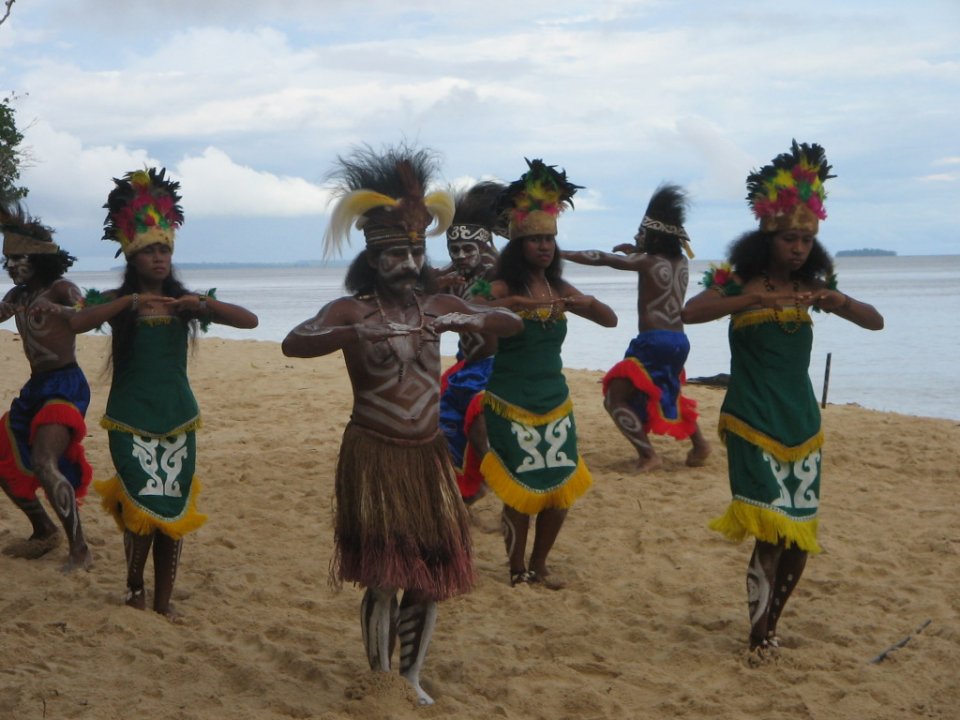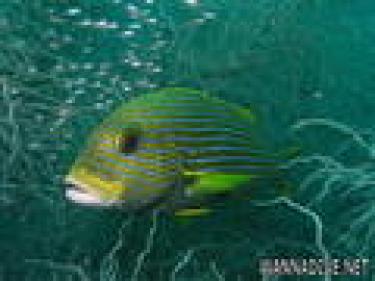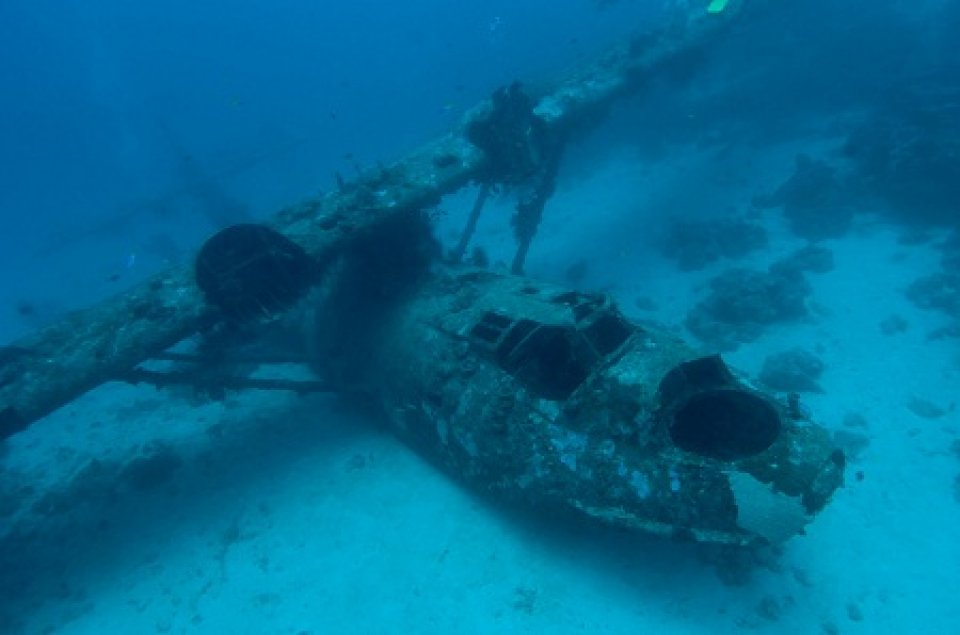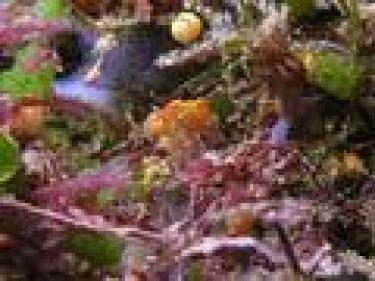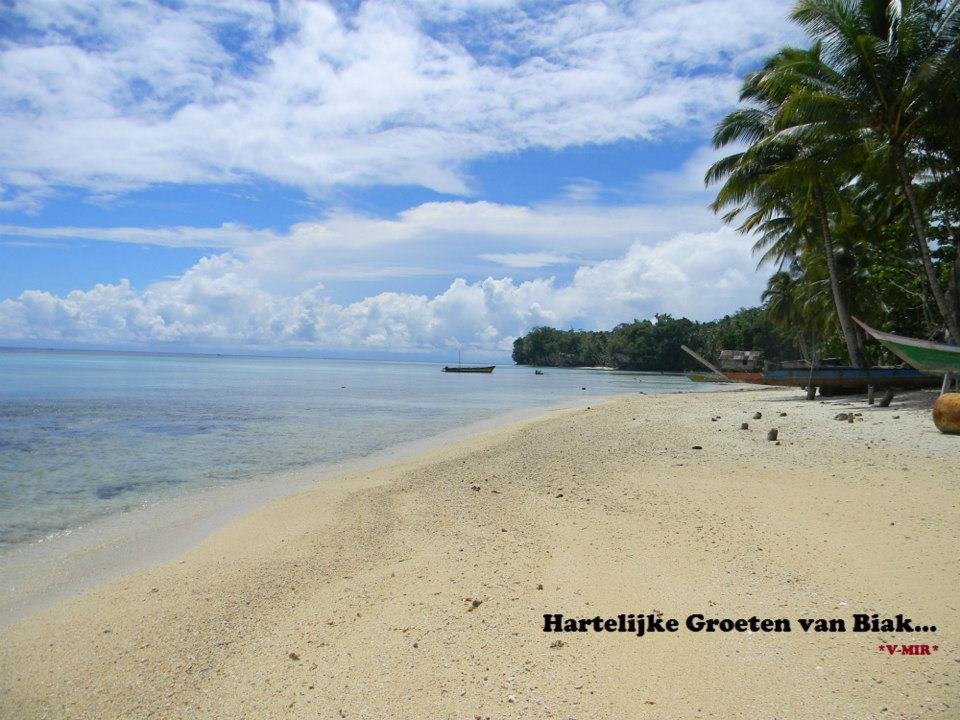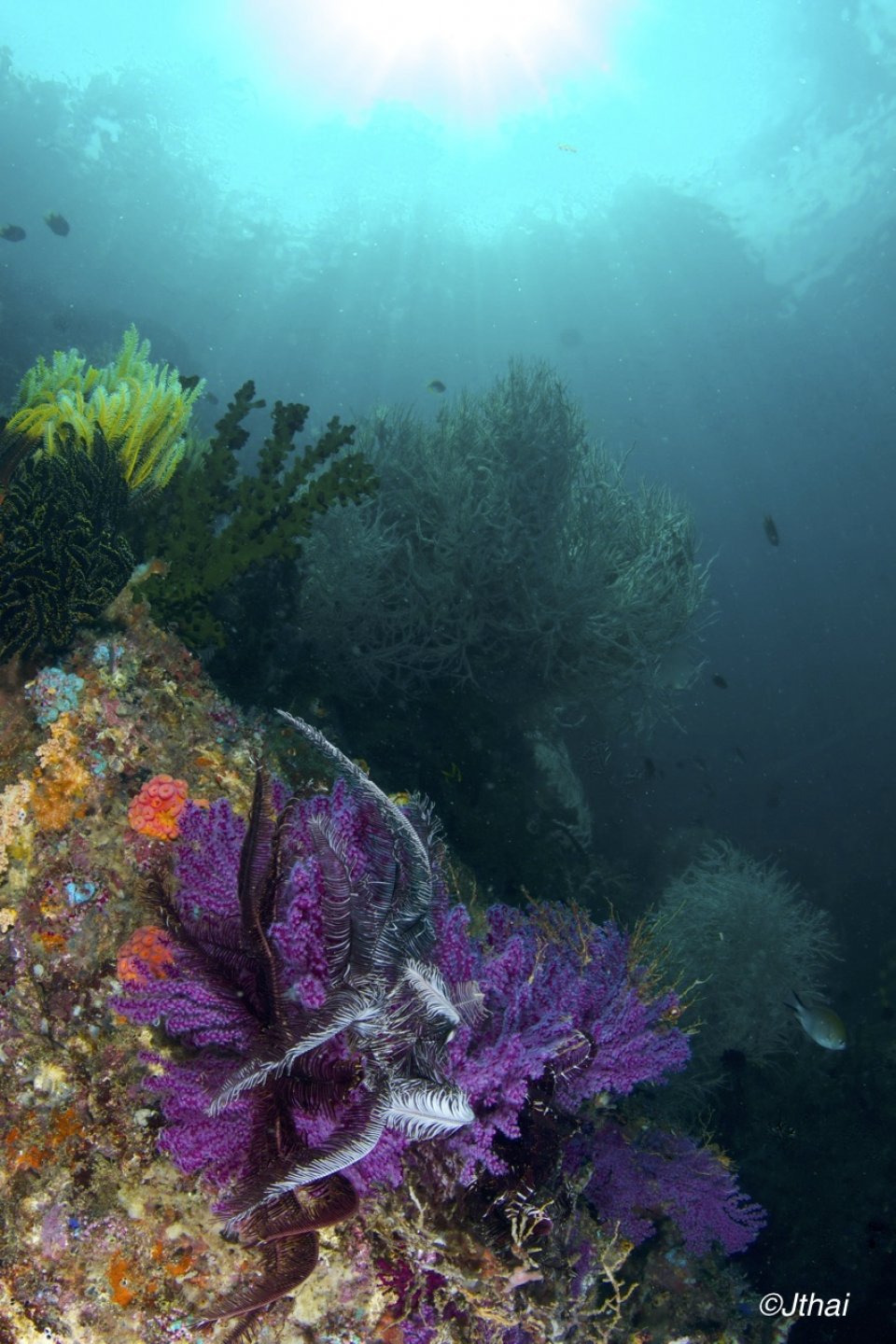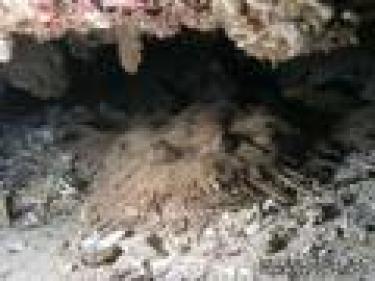Dive in West Papua
Diving in West Papua

Most dive centers and liveaboards will take you to some of the best places in West Papua.
RAJA AMPAT - This is the final frontier, at the eastern end of Indonesia. Raja Ampat offers amazing diving and the most stunning topside scenery of any dive destination on Earth. This is where Dr. Gerald Allen counted 273 fish species on a single dive. If you’re looking for unusual sea life like the elusive wobbegong shark, or looking for Birds of Paradise, then a Grand Komodo liveaboard cruise here is for you. Water temperature: 24 – 29 C. Visibility: 10 – 30 M (seasonal). Year-round diving.
TRITON BAY - Is still pretty much in the middle of nowhere, far away from the crowd. There are innumerable small islands in the bay. Spectacular scenery over the mainland features rock art cliffs. This area enjoys an unexcelled fish Biomass. Soft coral gardens cover the ridges. Hard coral growth also shows excellent health. This area has both pelagics and critters, with the diving ranging from very good to outstanding.
MAPIA - A tiny island right on the equator, between West Papua and Palau. Come here for nudibranchs galore beneath huge schools of fish. You’ll see snappers, trevally, big groupers, barracudas, gray sharks, pink leaf scorpion fish, rainbow runners, jacks, tunas, huge Napoleon wrasses, and even huger bumphead parrotfish by the hundreds. Dive sites include Bumphead City, Schooling Point, Mapia Boulevard, and Bumphead City — and they came by their names for good reason.
MANOKWARI - Come to Manokwari for amazing WWII wreck diving, including P-40 (a Curtiss Tomahawk fighter), Cross Wreck, and the Japanese freighter Shinwa Maru, plus the usual amazing wildlife, including healthy and profuse hard and soft corals. Dive profiles extend down to the 30 meter range.

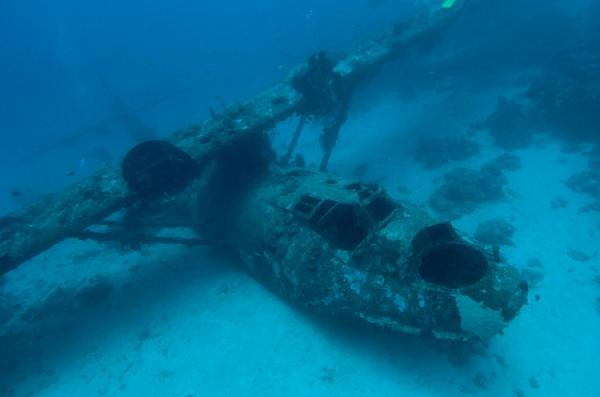
Travel to West Papua

New Guinea, the second largest island of the world, is divided into two parts. While the eastern part of the island is the independent state of Papua New Guinea, the western part still belongs to the multi-ethnic state Indonesia. In 2001 the Indonesian Government introduced some regional representation for the Papuan people and changed the name of this part of the country from Irian Jaya to Papua Barat (West Papua).
West Papua is a province of Indonesia on the western end of Papua island. It covers the Bird’s Head (or Doberai) Peninsula and surrounding islands. The province has a population of approximately 800,000, making it one of the least populous of all Indonesian provinces. The capital of West Papua is in Manokwari.
The larger part of West Guinea is the province of Papua, a land of contrasts, with some of the most impenetrable jungles in the world and snowcapped mountain peaks towering over glacial lakes. Papua is Indonesia’s largest and eastern most province and covers the western half of the world’s second largest island. It is a land of exceptional natural grandeur; with beautiful scenic beaches, immense stretches of marshlands, cool grassy meadows and powerful rivers carving gorges through dense primeval forests. The most heavily populated and cultivated parts of the island are the Paniai Lakes district and the Baliem Valley to the east.
The people of the island can be divided into more than 250 sub-groups, including the Marindanim, Yah’ray, Asmat, Mandobo, Dani and Afyat. Those in the central highlands still maintain their customs and traditions, virtually untouched by outside influences.
According to the scientists who is found 52 new species in Indonesia recently, that the Bird's Head peninsula at the western end of New Guinea Island is the epicentre of marine biodiversity. There are 1,223 species of fish and 600 types of corals. Covering about 18,000 sq km (6,950 miles), it has a greater concentration of species than Australia's Great Barrier Reef.

